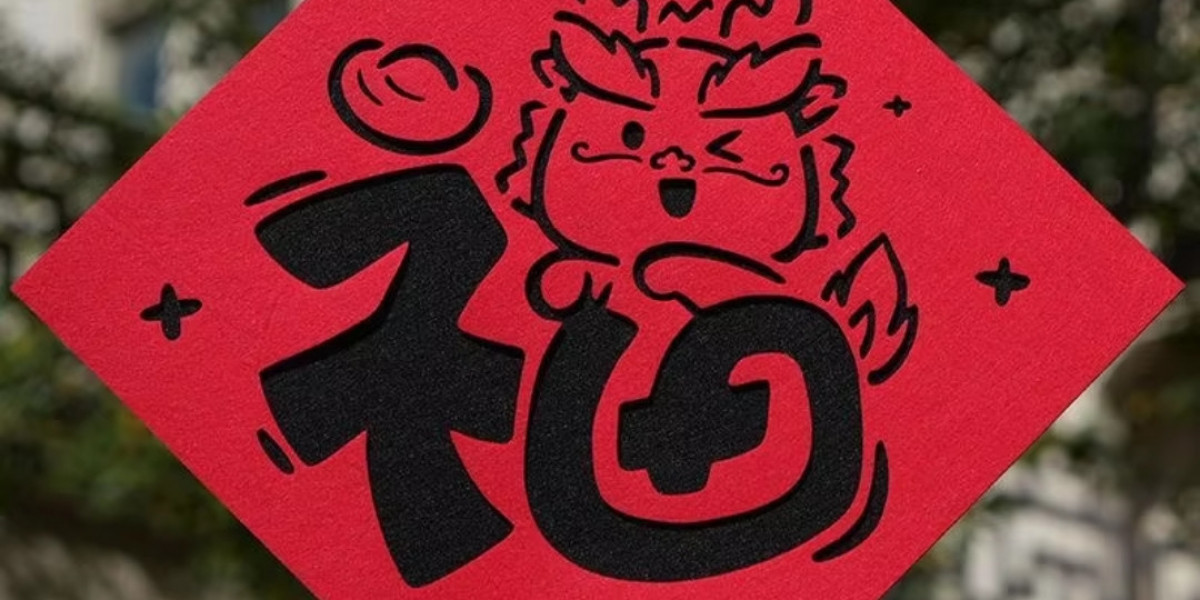The Chinese knot (中国结), an iconic symbol of traditional Chinese craftsmanship, is more than just a decorative artifact—it's a deeply rooted form of cultural expression. At China Art Hub, we celebrate this intricate art, bringing you closer to its history, patterns, and continued significance in the modern world.
Whether you're a cultural enthusiast, an art collector, or simply exploring the world of Chinese heritage, understanding the Chinese knot is an essential step into the world of traditional aesthetics.
What is a Chinese Knot?
The Chinese knot is a handcrafted, symmetrical, and decorative knot created by a single cord looped and tied in complex patterns. These knots often carry symbolic meanings, representing good luck, unity, eternity, and prosperity.
Common Features:
Made from silk or satin cord
Designed in symmetrical shapes
Often red, symbolizing luck and happiness
Used in fashion, jewelry, wall decor, and ceremonies
Historical Overview of Chinese Knotting
| Period | Development Stage | Notable Use |
|---|---|---|
| Han Dynasty (202 BC – 220 AD) | Early use of knots in clothing and rituals | Functional |
| Tang Dynasty (618–907 AD) | Refinement of knotting into decoration | Artistic expression |
| Ming & Qing Dynasties (1368–1912) | Flourishing of patterns and meanings | Symbolic gift items |
| Modern Era | Integration into fashion and interior design | Cultural preservation |
Chinese knotting is not just decorative—it carries thousands of years of evolving meaning.
Types of Chinese Knots You’ll Find at China Art Hub
Pan Chang Knot – Signifies eternal life and continuity
Double Coin Knot – A symbol of wealth and prosperity
Button Knot – Compact and elegant, often used in clothing
Good Luck Knot – Popular in New Year and wedding decorations
Symbolism in Chinese Knotting
Chinese knots often align with cultural beliefs. Their structure and forms are designed to reflect ancient philosophy and values.
Key Symbolisms:
Love & Marriage: Double Happiness knots
Longevity: Turtle and gourd shapes
Prosperity: Goldfish and coin-themed knots
Protection: Hanging knots ward off evil spirits
Materials and Crafting Techniques
Typical Materials Used:
Silk cords
Nylon threads
Jade or porcelain beads (for added aesthetics)
Crafting Process:
Selection of appropriate thread and color (red is most common)
Looping into base shapes using traditional methods
Tightening and finishing to secure the symmetrical form
Embellishment with tassels or beads
Each knot is handmade, ensuring uniqueness and cultural value.
Why Chinese Knots Remain Culturally Significant
Embedded in folk tales and traditions
Used in Chinese festivals, weddings, and gift-giving
Seen as aesthetic representations of Chinese values
Passed down through generations by artisans and families
Frequently Asked Questions (FAQs)
Q1: Are Chinese knots only used for decoration?
No. While they serve a decorative purpose, many knots have spiritual and cultural meanings tied to specific traditions and events.
Q2: What is the most popular Chinese knot?
The Pan Chang knot is widely recognized due to its complex structure and symbolism of infinity and harmony.
Q3: How do you use Chinese knots in home decor?
Hang them on walls, doors, or windows. Combine with tassels, lanterns, or couplets for festivals like Chinese New Year.
Q4: Can I learn Chinese knotting myself?
Yes, it’s a traditional handicraft taught through tutorials, workshops, and DIY kits, some of which are available at China Art Hub.
How China Art Hub Preserves Chinese Knot Art
China Art Hub partners with local artisans and craftspeople, ensuring each piece is:
Authentically handmade
Rooted in traditional techniques
Supported by rich cultural storytelling
You can find a wide range of traditional and contemporary knot styles, ideal for collectors, decorators, or cultural learners.
Applications of Chinese Knot in the Modern World
| Use Case | Description |
|---|---|
| Fashion | Used in accessories, belts, and fastenings |
| Home Decor | Wall hangings, curtain ties, ornaments |
| Festive Decor | Chinese New Year, weddings, birthdays |
| Gifts | Symbolic tokens for good luck or protection |
Final Thought
The Chinese knot remains a living legacy of Chinese artistic ingenuity, blending history with symbolism in every loop and tie. At China Art Hub, our curated collection is a tribute to this ancient craft, keeping the spirit of Chinese tradition alive in every creation.








